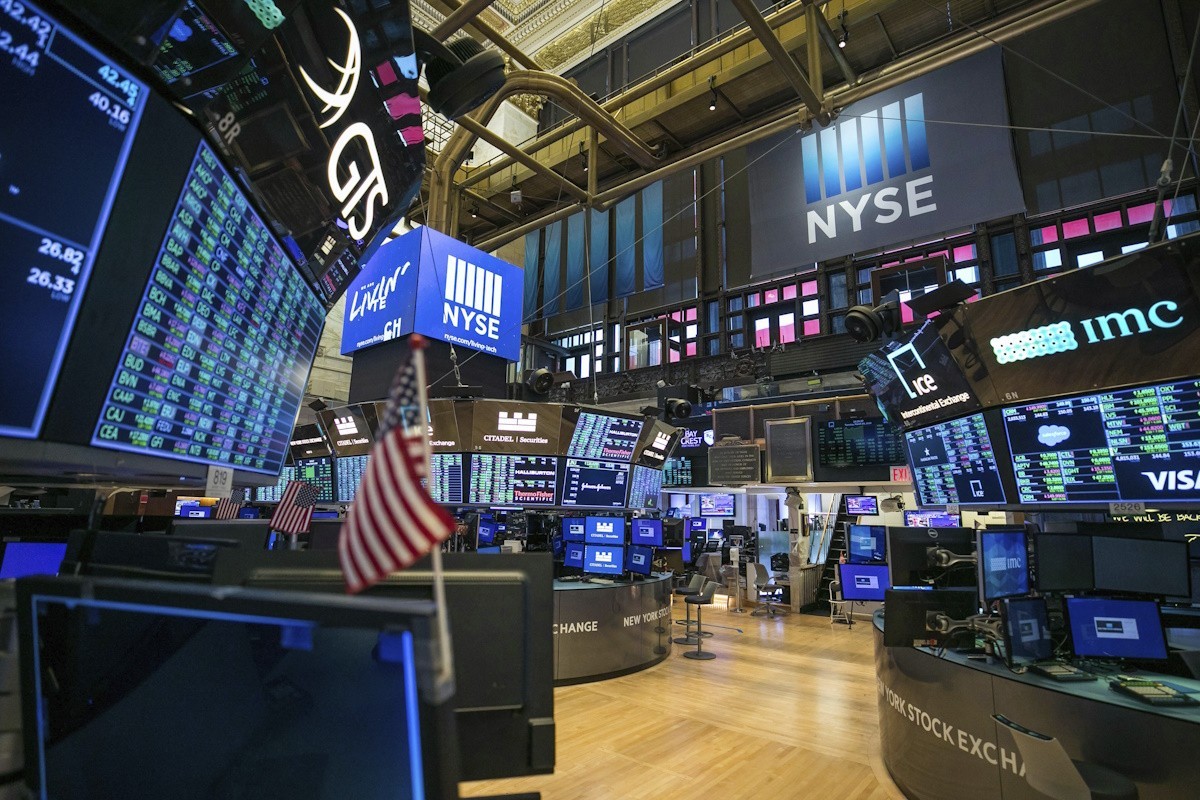The recent surge in stocks isn’t what it seems.

If you pay attention to Wall Street analysts, you might think that the recent market volatility is solely due to minor fluctuations in the economy and the potential actions of the Federal Reserve.
However, it is possible that stocks have become overpriced.
In May, the S&P 500 has experienced a significant increase of 3.7%, indicating a positive trend for the month. In contrast, the index had a disappointing April, experiencing a 4.2% decline in value.
What caused such volatile swings in the market? It appears that the prevailing belief is that negative news is once again seen as positive, much like in the aftermath of the 2008 financial crisis. It is believed that a weak economy has a positive impact on stocks as central banks tend to lower interest rates in response.
The recent rally seemed to have been influenced by a pair of underwhelming U.S. job reports, reigniting optimism for a potential rate cut in the upcoming months. According to CME Group, futures markets currently indicate a decreased likelihood of the Fed maintaining its current stance by the end of the year, with a 13% chance compared to 27% at the end of April.
However, upon closer examination, it becomes clear that the notion of investors eagerly placing their bets on a sluggish economy is unfounded.
Firstly, it is not weak in any way. The U.S. labor market remains strong, with prime-age employment rates showing a slight increase in April. In the eurozone, retail-sales figures for March indicated a positive trend after a period of decline, and purchasing managers’ surveys suggested a significant boost in economic growth. According to recent data, the U.K. has emerged from its recession and is currently experiencing its strongest growth in two years. In China, the last quarter exceeded expectations.
This suggests a favorable phase for the global economy, despite inflation remaining above 2%. Recent events have demonstrated that elevated borrowing expenses do not necessarily impede economic expansion.
In addition to challenging the “bad news is good news” explanation for the recent rally, investors have been favoring companies that stand to gain the most from a robust economy.
Indeed, the Federal Reserve’s more accommodative stance has resulted in lower yields on Treasurys and a corresponding increase in the value of utilities stocks. This is due to the fact that utilities, similar to bonds, offer stable income streams.
Consider the “consumer discretionary” sector, encompassing apparel retailers, restaurants, and carmakers. Stocks in these companies performed poorly in April, supposedly due to worries about an economy that was growing too quickly. However, they have rebounded nicely after the release of disappointing employment data. Although the week ended with a slight decrease in enthusiasm, the expectation of consumers reducing their spending should have further emphasized the preference for less volatile staples, such as food brands and essential household products.
It is worth noting that the KBW Bank index has outperformed the S&P 500 this month, despite the fact that banks typically suffer from slower growth and lower interest rates.
So, what could be the reason behind the April selloff and the subsequent rebound in early May? Valuations could be a factor that is often overlooked.
In late March, the S&P 500 had performed impressively, reaching a level where it traded above 21 times the projected earnings. Certain sectors, like consumer discretionary, have been showing signs of being overvalued. In April, the sectors that experienced the most significant declines were those with high earnings multiples compared to their historical averages. This suggests that the selloff was primarily driven by valuation concerns.
At the beginning of May, the S&P 500 had returned to trading at a price-to-earnings ratio of 20, indicating that stocks had potential for further growth.
Adding to the evidence of a constant struggle between share prices and valuations, investors have shown less enthusiasm than usual when companies surpass Wall Street’s profit expectations, and have been more critical when they fall short, as reported by FactSet.
The macroeconomic backdrop did have some significance, although not to a great extent. Volatility in the consumer-price index had sparked concerns among investors about the potential for a resurgence of inflation reminiscent of the 1970s. This concern was probably alleviated by the recent modest payroll figures. The upcoming release of April CPI data will serve as another important test.
However, should the stock market encounter obstacles in the coming months, it appears to be a result of its own actions rather than the overall state of the economy.









